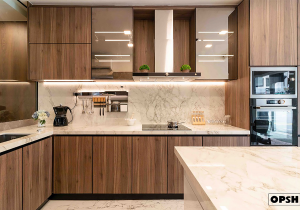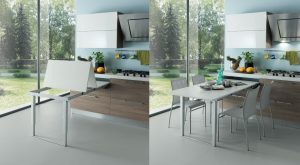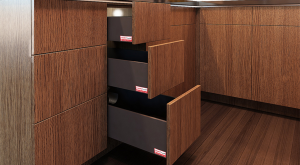Featured Post
Choosing Safe Furniture for Your Kids’ Room: A Comprehensive Guide
Choosing safe furniture for your kids’ room is a top priority for any parent. This guide walks you through everything you need to know to pick pieces that keep your child safe while making their space cozy and fun. Let’s dive into the essentials of creating a secure room your kids will love.
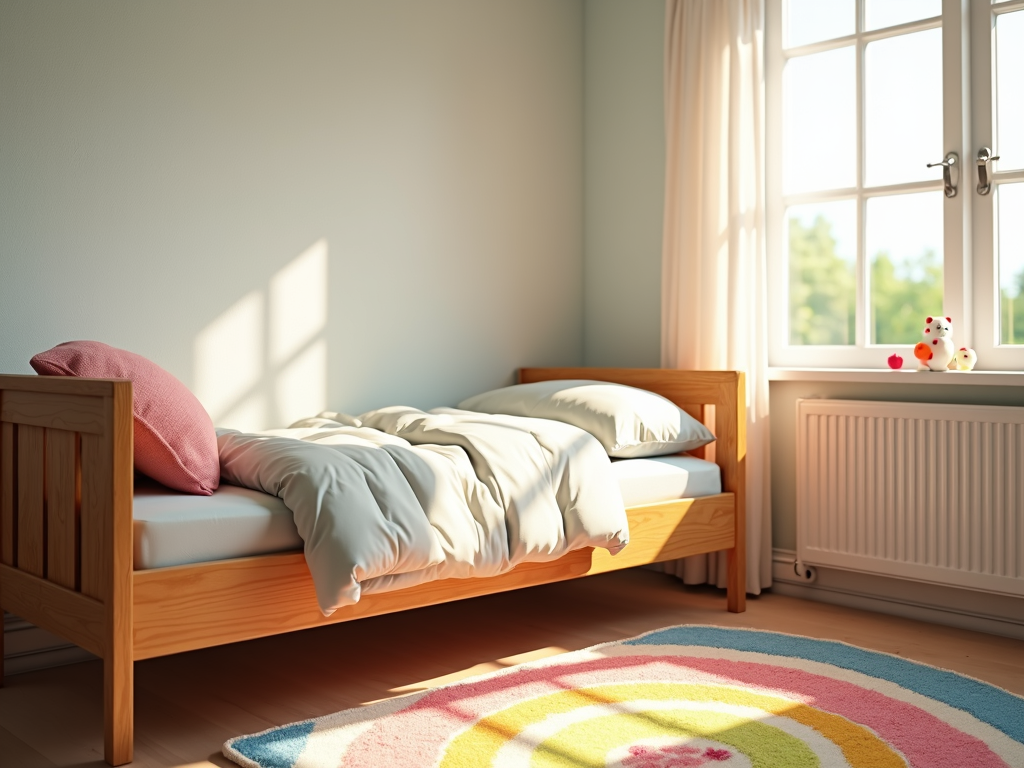
Why Safety Comes First
Kids are full of energy—climbing, jumping, and exploring everything they can reach. That’s why furniture in their room needs to be more than just cute—it has to be safe. A wobbly dresser or a bed with sharp corners can turn a fun space into a danger zone in seconds. Safety isn’t just about avoiding accidents; it’s about giving you peace of mind as a parent.
When I set up my son’s first room, I was shocked at how many furniture options looked great but weren’t safe. One dresser I loved had sharp edges that could’ve bruised him during a tumble. It taught me to always put safety over style—though you can still find pieces that look good too!

Tips for Choosing Safe Furniture
Here’s what to focus on when picking furniture for your kids’ room:
- Rounded Edges: Sharp corners are a recipe for bumps and bruises. Go for smooth, rounded designs.
- Sturdy Construction: Test furniture for stability. If it wobbles, it’s a tipping hazard—especially for climbers.
- Non-Toxic Finishes: Pick items made with safe paints or materials. Check for low-VOC labels to avoid harmful chemicals.
- Safety Standards: Look for certifications from groups like the Juvenile Products Manufacturers Association to ensure quality.
Beds are a big deal in any kids’ room. For my daughter’s crib, I chose one with tight slats and no loose parts. Later, her toddler bed had guardrails to keep her from rolling out. Little details like these make a huge difference in keeping kids safe while they sleep.

How to Childproof Your Home Step-by-Step
Furniture is just the start—childproofing ties it all together. Follow these steps to make your kids’ room a safe zone:
- Anchor Heavy Items: Use straps to secure dressers and shelves to the wall.
- Hide Cords: Go for cordless blinds to avoid strangulation risks.
- Cover Outlets: Plug in safety covers so little fingers stay out.
- Lock Drawers: Add childproof locks to keep curious kids from climbing.
- Pad Corners: Use soft guards on tables or low edges.
The American Academy of Pediatrics has great advice on this. I followed their tips when childproofing my home, and it saved me from countless close calls—like when my son tried to scale his bookshelf!
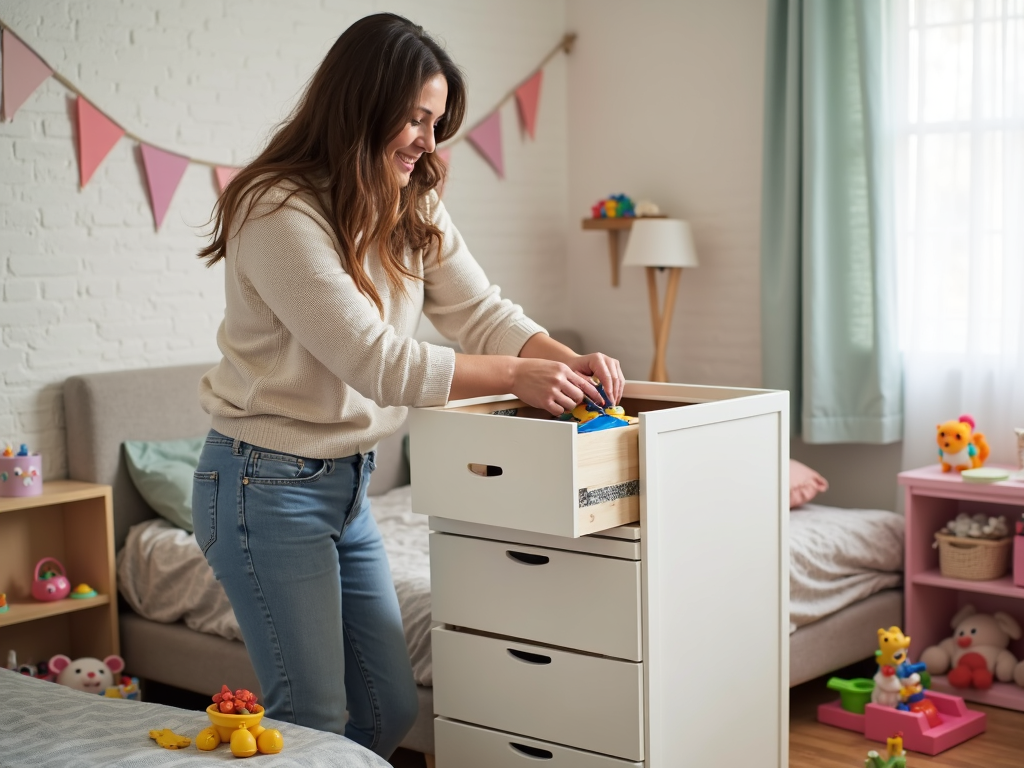
Safety Tips for Kids’ Room Furniture
Different pieces need different safety checks. Here’s a quick rundown:
| Furniture Type | Key Safety Feature |
|---|---|
| Cribs | Slats no wider than 2 3/8 inches |
| Dressers | Anti-tip anchors and smooth edges |
| Tables | No sharp corners, non-slip feet |
For cribs, skip bumpers—they’re a suffocation risk. Dressers should have drawer stops so they don’t fall out. And tables? I once banged my shin on a pointy corner and knew my kids wouldn’t fare better—rounded edges are a must.

Nightstands for Kids’ Bedrooms and Nurseries
A nightstand might seem small, but it’s a key piece in a kids’ room. It’s perfect for a lamp, books, or a sippy cup—things kids need close by. But safety still matters. Pick a nightstand with no sharp edges and a solid base so it won’t tip if they grab it.
When my youngest started reaching for her nightlight, I swapped out her old nightstand for one with rounded corners. It was low enough for her to use from bed and had a drawer for her favorite storybooks. It’s amazing how something so simple can be both safe and useful.

Picking the Right Nightstand
Here’s what to look for in a nightstand:
- Height: Low enough for your child to reach easily.
- Stability: Wide base to prevent tipping.
- Materials: Wood or non-toxic finishes only.
- Storage: A drawer or shelf keeps clutter off the top.
I learned the hard way that a flimsy nightstand doesn’t cut it. My son knocked one over reaching for his water—thankfully, no one was hurt. Now, I double-check stability before buying anything for their rooms.
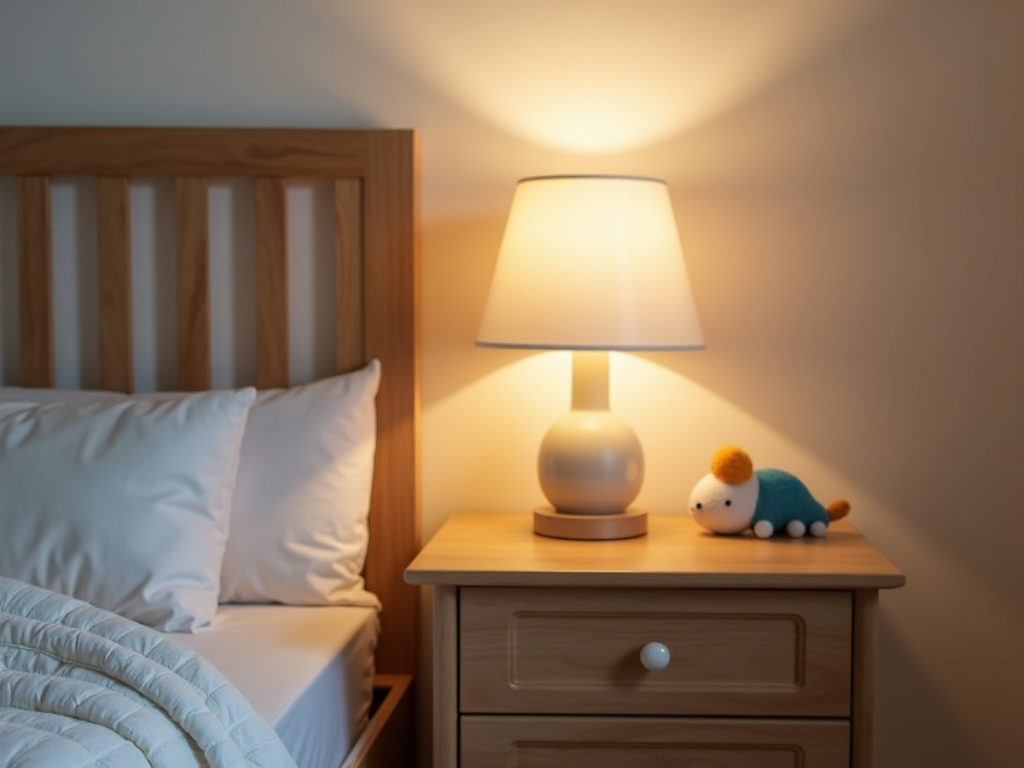
Extra Safety Boosts
Beyond furniture, small tweaks can level up safety. Add soft rugs to cushion falls. Keep toys in low bins so kids don’t climb shelves. And check furniture yearly—kids grow fast, and what’s safe at two might not work at five.
Research from CPSC.gov shows anchoring furniture cuts tip-over injuries by a huge margin. It’s a simple step that’s saved lives—don’t skip it.

Wrapping It Up
Choosing safe furniture for your kids’ room takes effort, but it’s worth it. Focus on sturdy, non-toxic pieces with no sharp edges. Childproof step-by-step, from anchoring dressers to picking the right nightstand. With these tips, you’ll create a space that’s safe, stylish, and ready for your kids to enjoy every day.




